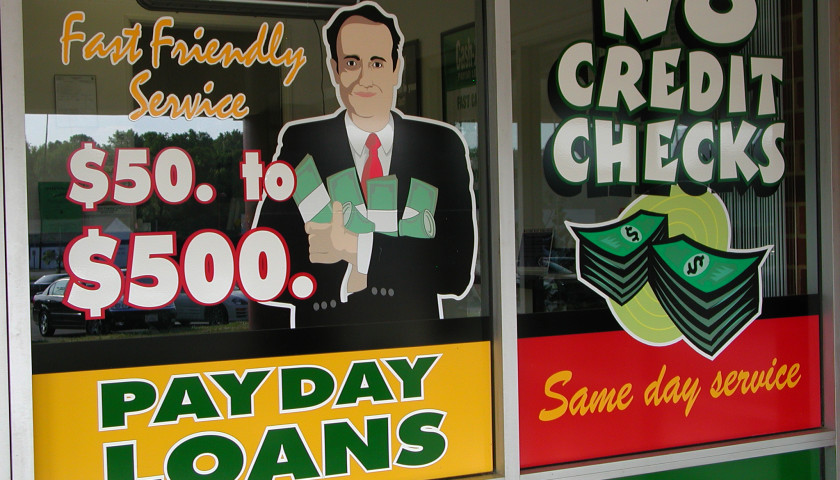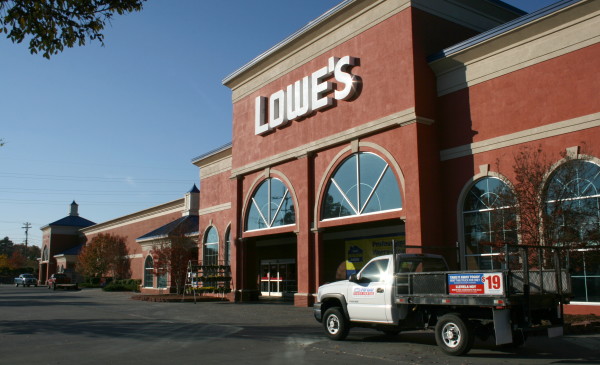PayDay Loan Facts
Payday loans allow customers to borrow against future paychecks for emergencies or other short-term cash needs. These convenient loans are what many consumers are looking for,and as a result,this segment of the financial industry is booming.
Payday loan centers across North America have more than tripled in the past ten years.
PayDay Loan Growth
Payday loan revenues have ballooned from $810 million in 1998 to a projected $45 billion in 2002. Payday loan centers currently make about 65 million annual transactions involving approximately 10 million U.S. households.
To get a payday loan, most consumers only need to show personal identification, have a personal checking account, and provide proof of income from employment or government benefits, such as Social Security or disability payments.
Unlike conventional lenders, payday loan centers do not look at a borrower’s monthly expenses or the ability to repay the requested loan.
PayDay Loan Costs
For a two-week payday loan, a borrower will pay at least fifteen dollars for every $100 borrowed.
PayDay Loan Centers
In the early 1990s, payday loans were made by small independent offices that primarily offered check-cashing services.
Today, the industry is dominated by large regional or national lenders that provide only payday loans, and multi-service lenders that offer an array of banking services such as check cashing, money orders, and bill paying services.
PayDay Loan Regulations
State laws generally govern whether payday loans are permitted in a state. Currently, some 36 states allow payday loans.
PayDay Loan Borrowers
Working families with short-term cash needs
PayDay Loan Benefits
A payday loan allows you to cover unexpected expenses or bridge a short-term cash crunch between paydays without incurring revolving debt or drawn-out payments.




